
Supporting Community Collaborative Efforts
Looking to build a community collaborative effort or reinvigorate an existing one? The resources on this page will support communities in their collaborative efforts to align around child maltreatment prevention and the promotion of positive outcomes for children.
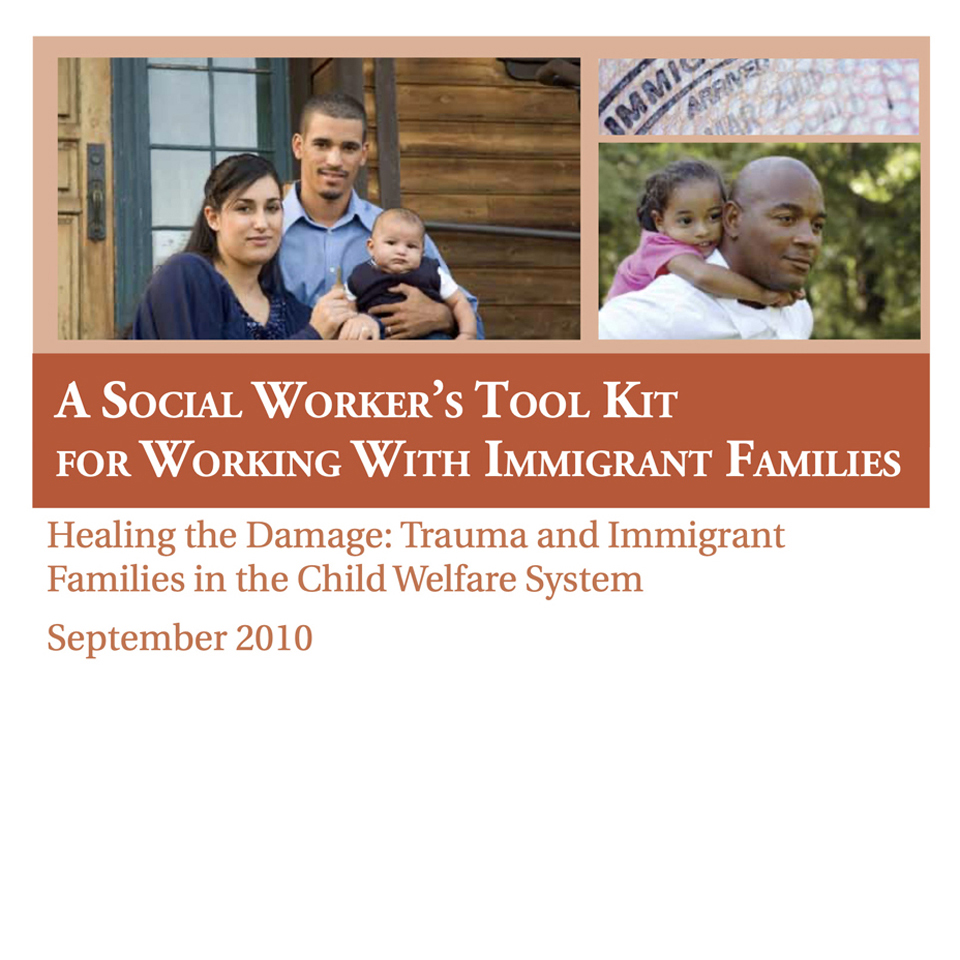
A Social Worker’s Toolkit for Working With Immigrant Families
This toolkit identifies trauma that immigrant families may experience from involvement with the Child Welfare System and the challenges professionals face in untangling the range of factors that contribute to an immigrant families’ capacity to protect and nurture their children.
Sections: Overview of Child Welfare Practice With Immigrant and Refugee Families, Guidelines for Integrating Child Welfare Practice With Trauma-Informed Care, Building Child Welfare Agency Capacity, and Case Examples.
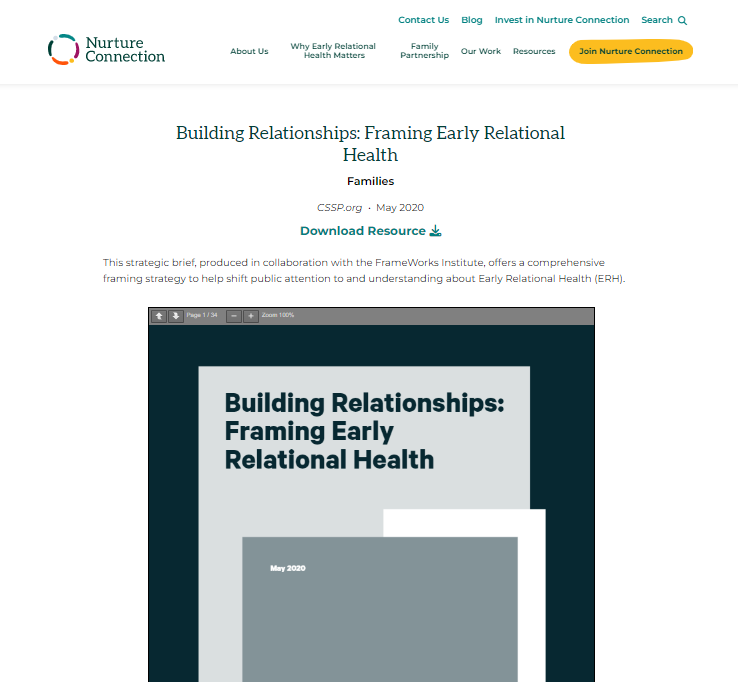
Building Relationships: Framing Early Relational Help
This strategic brief, produced in collaboration with the FrameWorks Institute, offers a comprehensive framing strategy to help shift public attention to a better understanding about Early Relational Health (ERH).
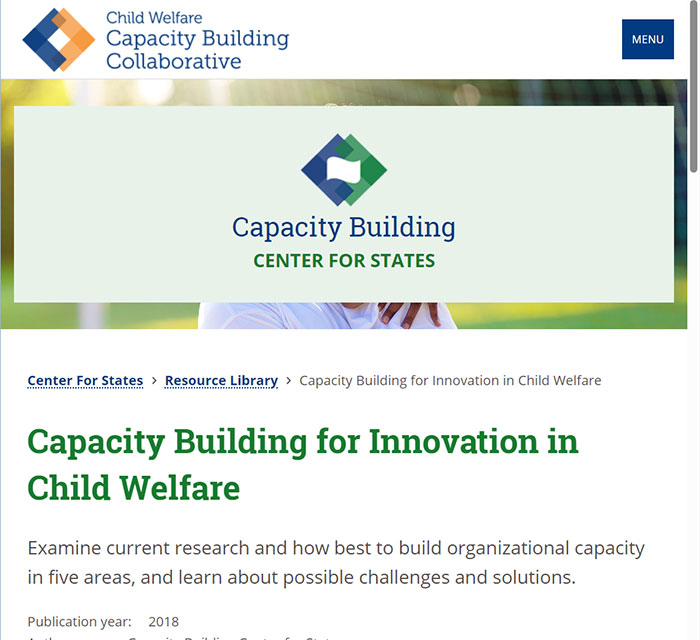
Capacity Building for Innovation in Child Welfare
This tool explores current research and the most effective ways to build organizational capacity for innovation in child welfare in five areas of capacity building: resources, infrastructure, knowledge and skills, culture and climate, and engagement and partnership. The brief also discusses possible challenges to innovation and potential solutions.
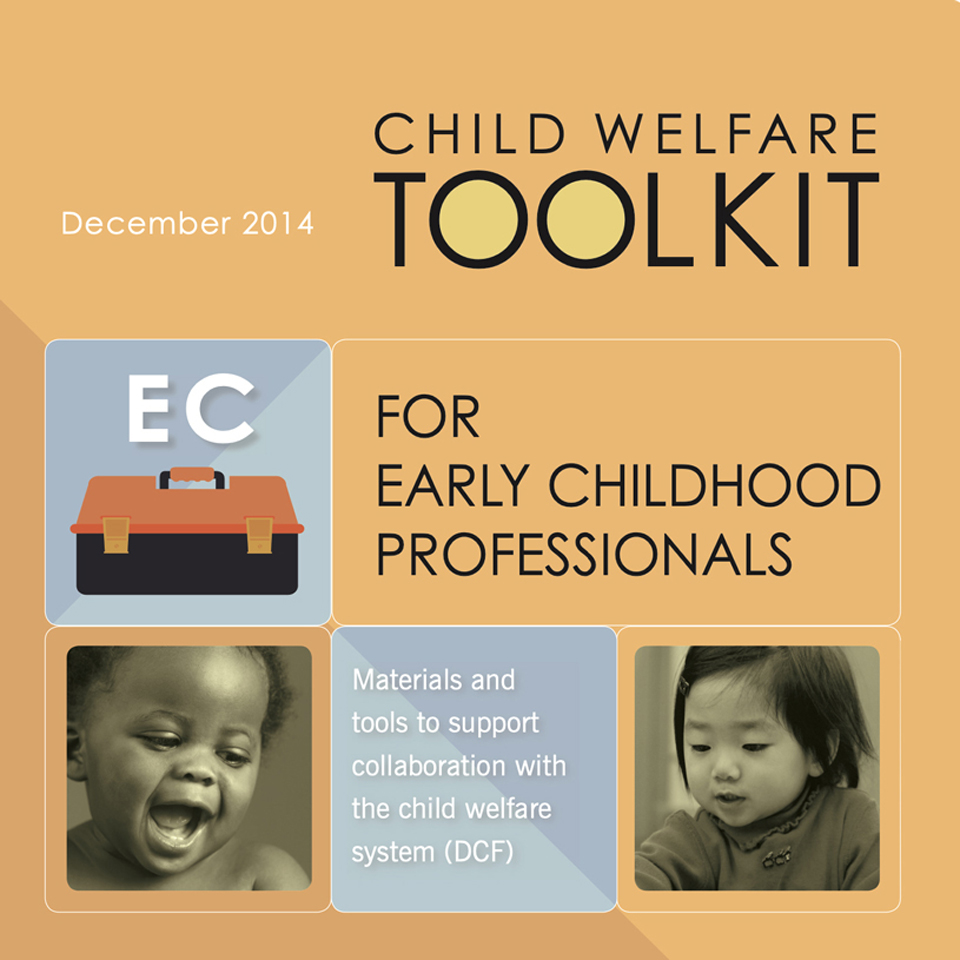
Child Welfare Toolkit: System Change for Successful Children
Includes: understanding the child welfare system, trauma-informed practices guidelines, resources to support children and families, accessing support, and handouts for parents.
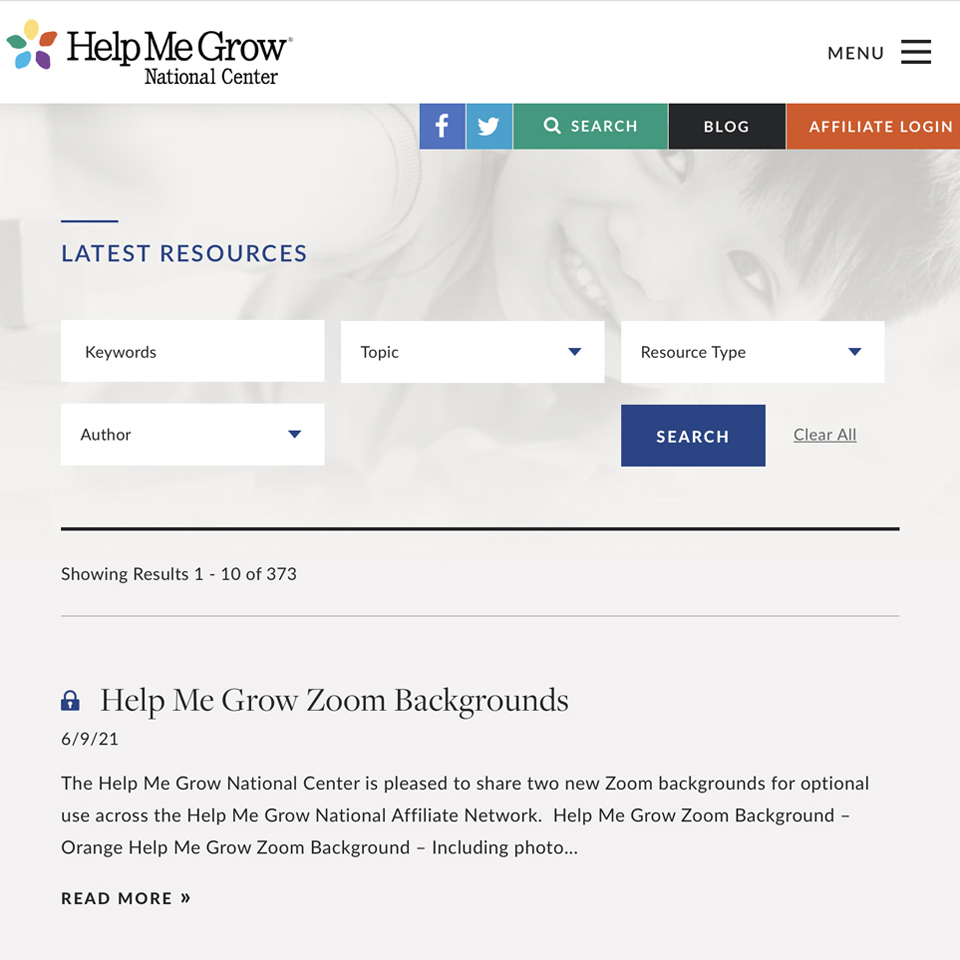
Cross Sector Collaboration: Help Me Grow
Help Me Grow is a system model that works to promote cross-sector collaboration in order to build efficient and effective early childhood systems that mitigate the impact of adversity and support protective factors among families, so that all children can grow, develop, and thrive to their full potential.
Help Me Grow is not a stand-alone program, but rather a system model that utilizes and builds on things already in place in order to develop and enhance a comprehensive approach to early childhood system building in any given community. Successful implementation of Help Me Grow leverages existing resources, maximizes existing opportunities, and advances a coalition working collaboratively toward a shared agenda.
Based on a literature review and TCC’s own knowledge and experience, this briefing paper shares research on best practices with regard to effective advocacy coalitions.
This work was commissioned by The California Endowment, a leading funder of policy advocacy efforts.
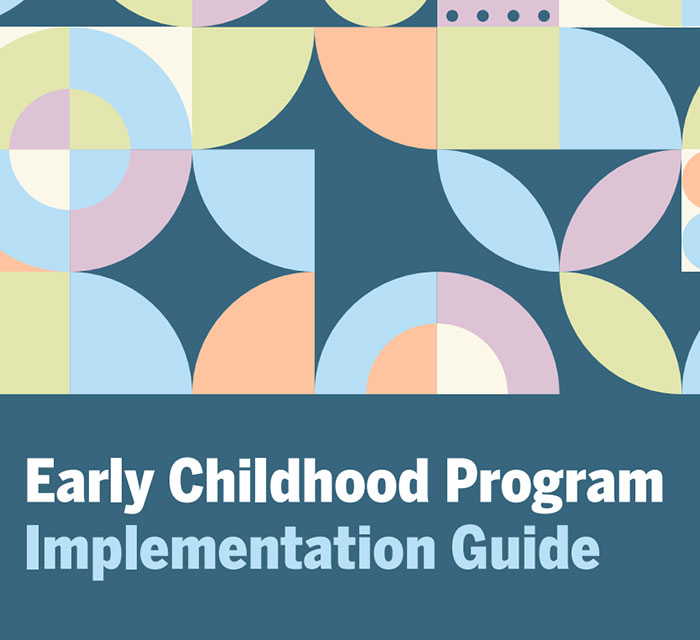
Early Childhood Program Implementation Guide
This early childhood implementation guide is intended for use by state agencies, community-based programs, and community coalitions to provide guidance information regarding the landscape of early childhood programs in Texas and the best practices for program implementation.
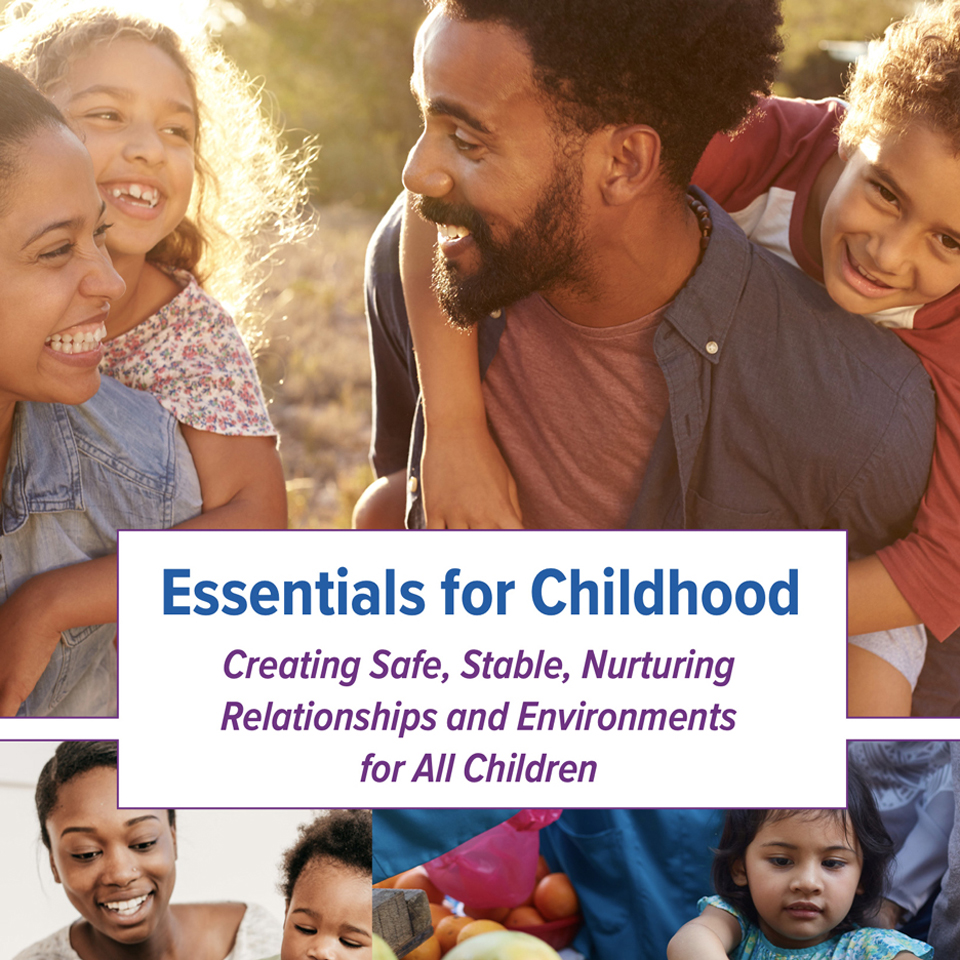
Essentials for Childhood Steps to Create Safe, Stable, Nurturing Relationships and Environments
Notes child maltreatment as a significant public health problem. Goals of guide: Raise awareness and commitment to promote safe, stable, nurturing relationships and environments and prevent child maltreatment. Use data to inform actions. Create the context for healthy children and families through norms change and programs. Create the context for healthy children and families through policies.
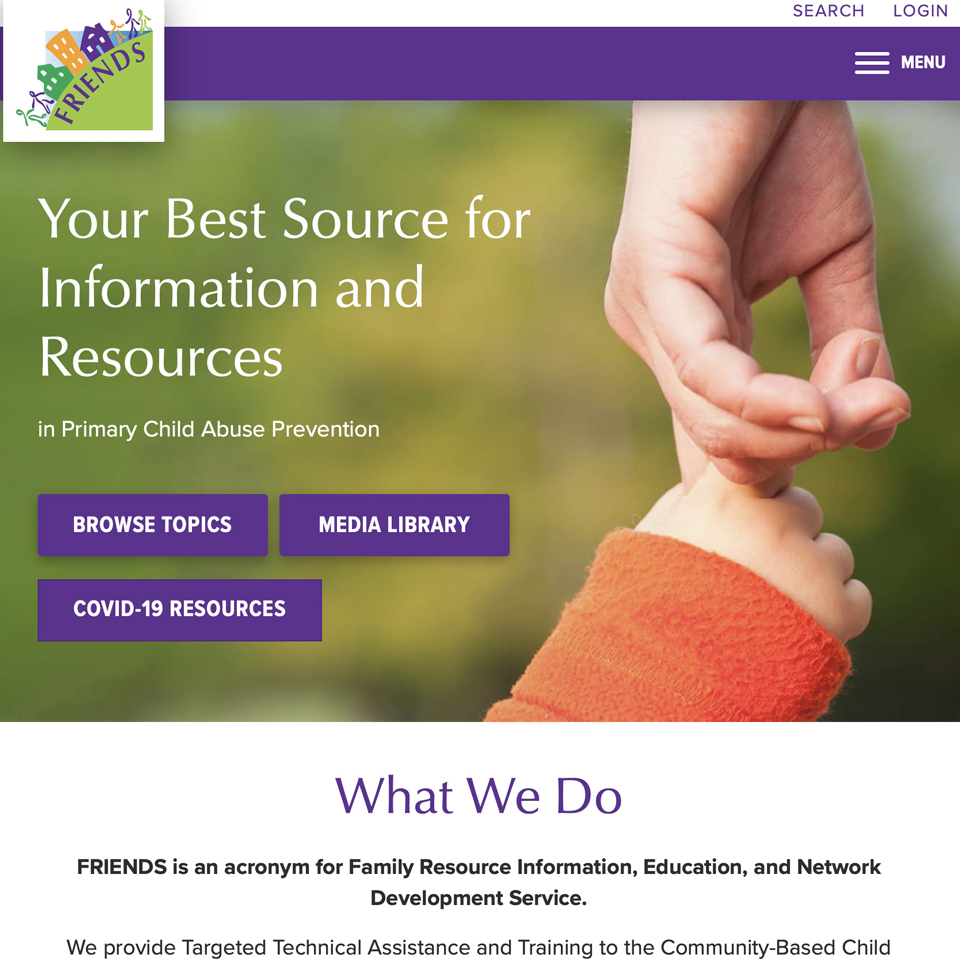
FRIENDS National Center for Community-Based Child Abuse Prevention (CBCAP)
FRIENDS is a Training and Technical Assistance Provider for CBCAP lead agencies.
Resource examples:
- Collaboration Toolkit
- Outcome Accountability
- Evaluation toolkit
- Continuous quality improvement
- Program assessment
- Protective factors surveys
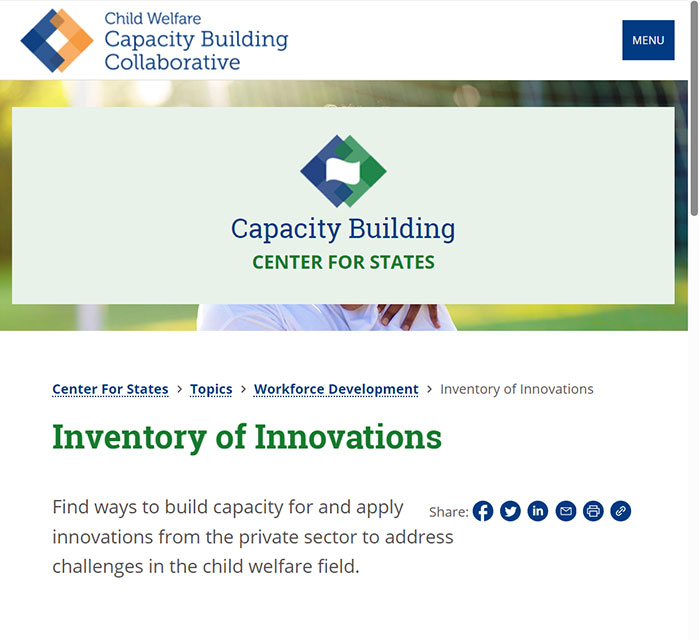
Inventory of Innovations
Find ways to build capacity for and apply innovations from the private sector to address challenges in the child welfare field. This series addresses the need for current information about innovations in child welfare that present possible solutions to the challenges faced by state and jurisdictional agencies. In addition, the series suggests ways for child welfare agencies to build capacity for innovation and describes how to apply innovations from the private sector to address challenges in the child welfare field.
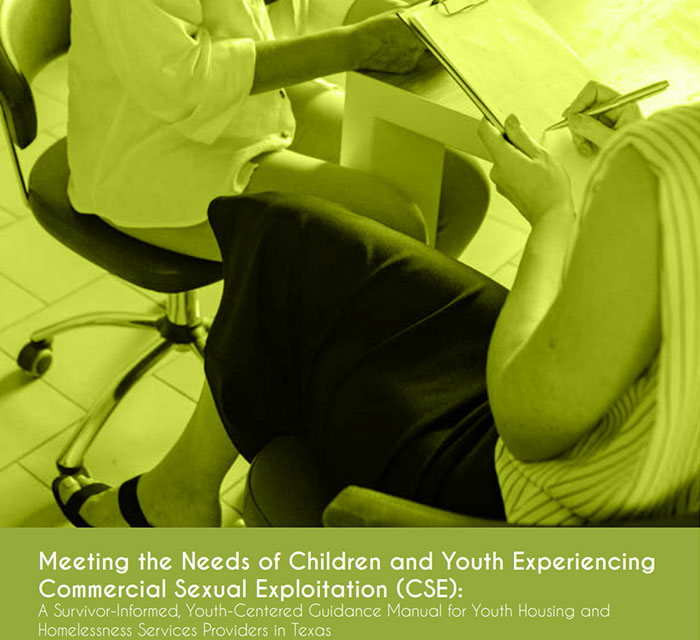
Meeting the Needs of Children and Youth Experiencing Commercial Sexual Exploitation (CSE)
TNOYS teamed up with the Office of the Texas Governor's Child Sex Trafficking Team to publish Meeting the Needs of Children and Youth Experiencing Commercial Sexual Exploitation, an actionable manual to equip Texas’ housing and homelessness services providers to identify, address, and fight CSEY in their communities.
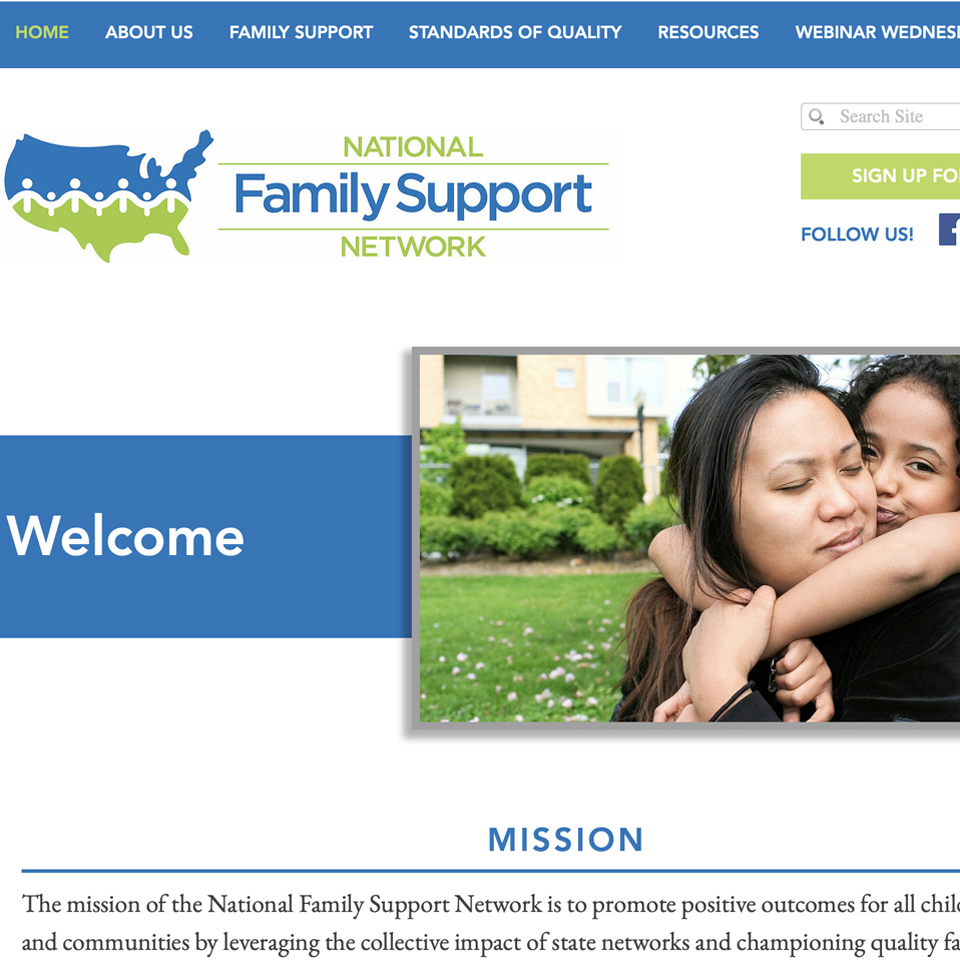
National Family Support Network
The mission of the National Family Support Network is to promote positive outcomes for all children, families, and communities by leveraging the collective impact of state networks and championing quality family support and strengthening practices and policies.
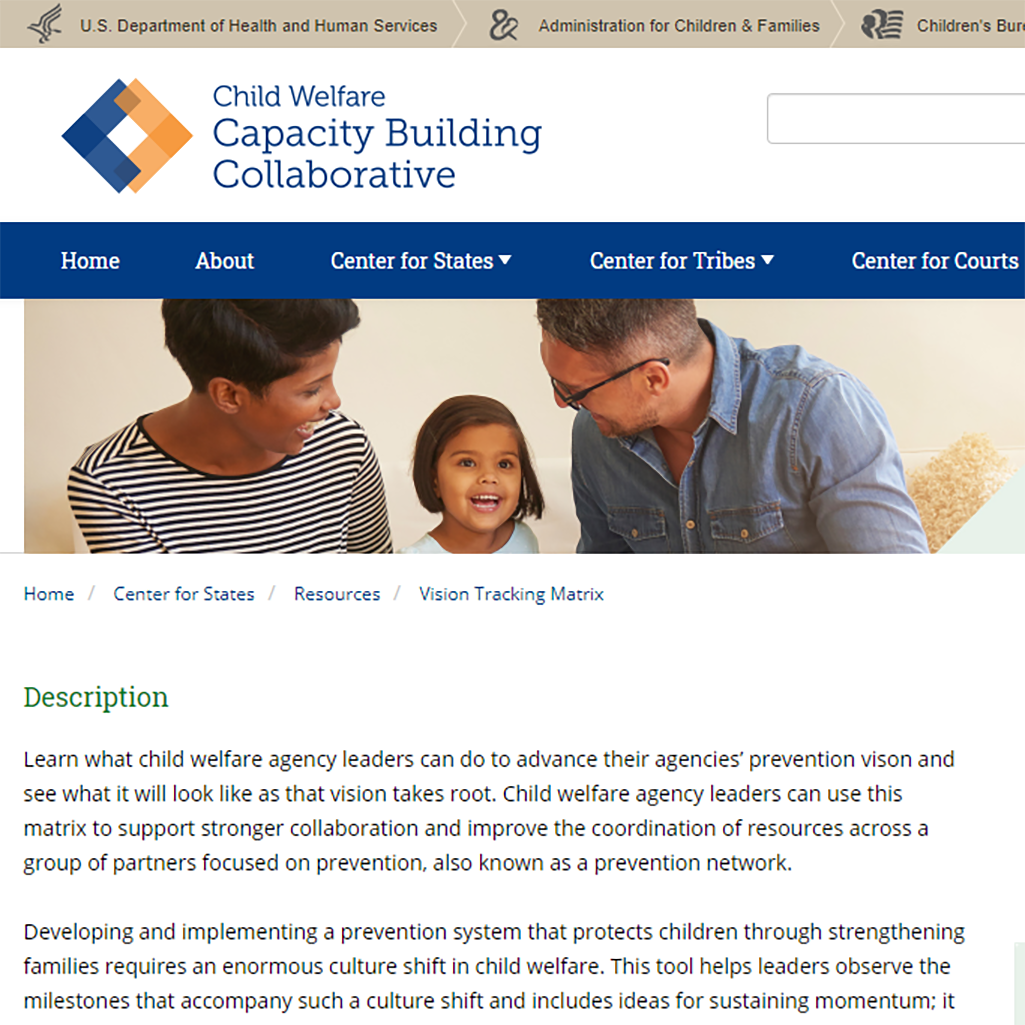
Prevention-Focused System
Shifting toward a prevention-oriented child welfare system is a bold venture. It requires a reimagined mindset of keeping children safe within their families and communities. Child welfare agencies must actively collaborate with other agencies, community partners, service providers, families, and youth to co-create their shared vision and develop strategies for building protective factors, supporting families, and preventing child abuse and neglect.
Visioning for Prevention: Protecting Children Through Strengthening Families
- A Guide to Five Dimensions of Organizational Capacity
Describes a framework for and key concepts of building organizational capacity as part of planning for agency and program improvement initiatives. This guide also provides resources on different aspects of organizational capacity. - Dimension: Organizational Culture and Climate
Presents foundational information, definitions, and resource links for understanding organizational culture and climate. - Change and Implementation in Practice Series
Includes research-informed and user-friendly resources with step-by-step guidance that can help agencies successfully implement strategies for system-level changes in culture and climate. - Becoming a Family-Focused System
Presents a collection of user-friendly resources designed to help teams assess and amplify positive agency culture and climate, identify areas that need attention, and implement strategies to bring about meaningful and sustainable improvements.
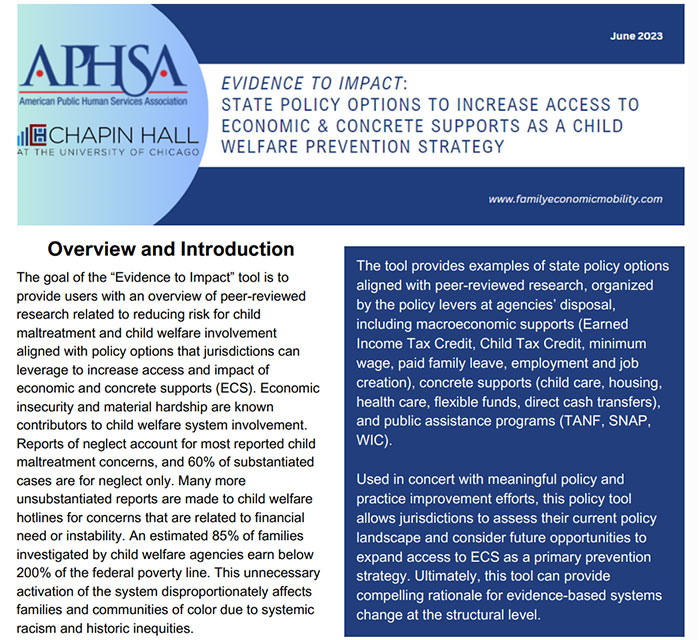
State Policy Options to Increase Access to Economic & Concrete Supports
The tool provides examples of state policy options aligned with peer-reviewed research, organized by the policy levers at agencies’ disposal, including macroeconomic supports (Earned Income Tax Credit, Child Tax Credit, minimum wage, paid family leave, employment and job creation), concrete supports (child care, housing, health care, flexible funds, direct cash transfers), and public assistance programs (TANF, SNAP, WIC).
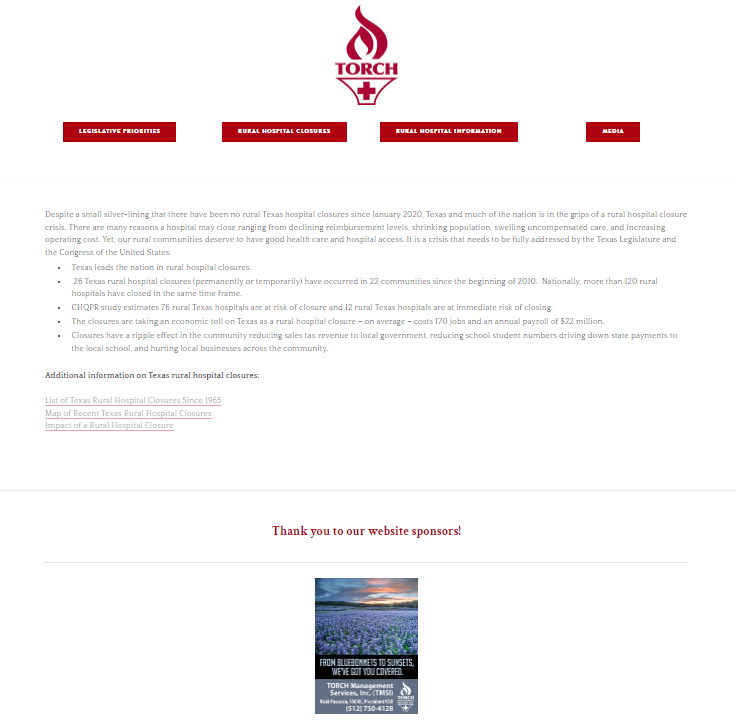
Texas Rural Hospital Closures
Rural hospital closures have been an issue across Texas over the past decade. The Texas Organization of Rural & Community Hospitals (TORCH) website includes detailed information on recent closures, as well as resources to support rural health care.
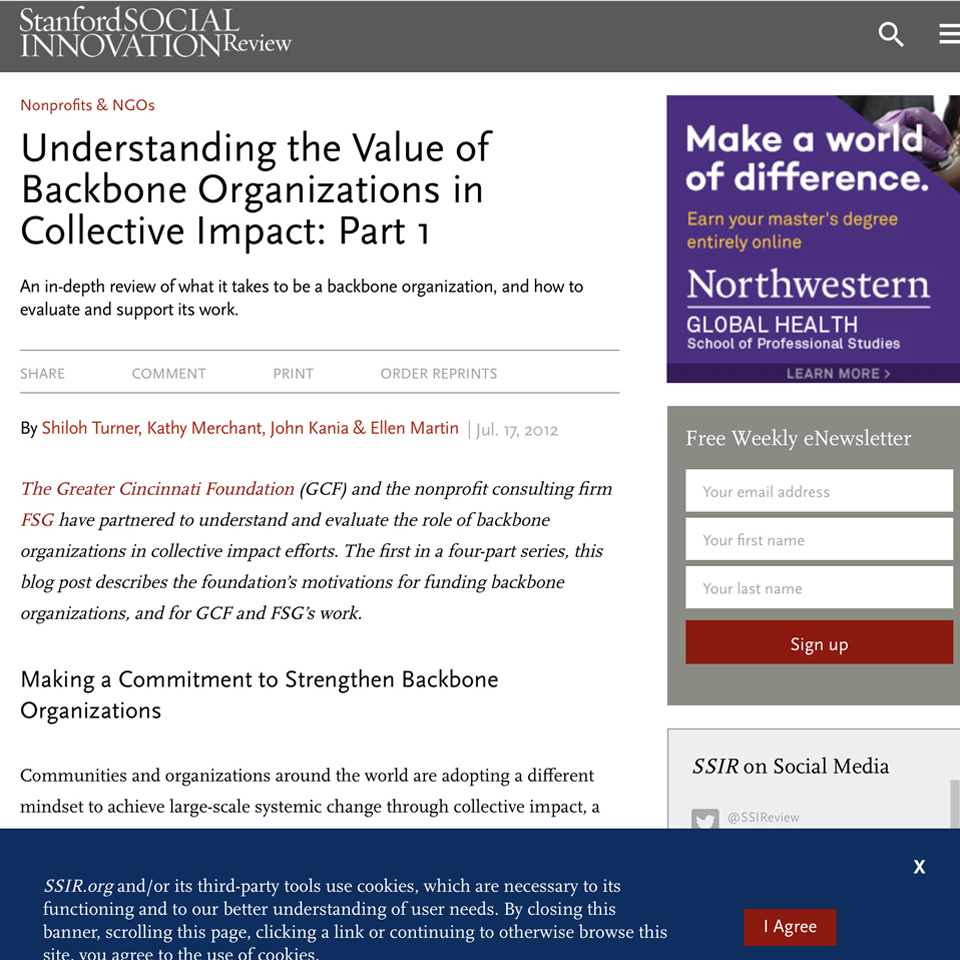
Understanding the Value of Backbone Organizations in Collective Impact: Part 1-4
The Greater Cincinnati Foundation (GCF) and the nonprofit consulting firm FSG partnered to understand and evaluate the role of backbone organizations in collective impact efforts. This four-part blog post provides an in-depth review of what it takes to be a backbone organization, and how to evaluate and support its work.
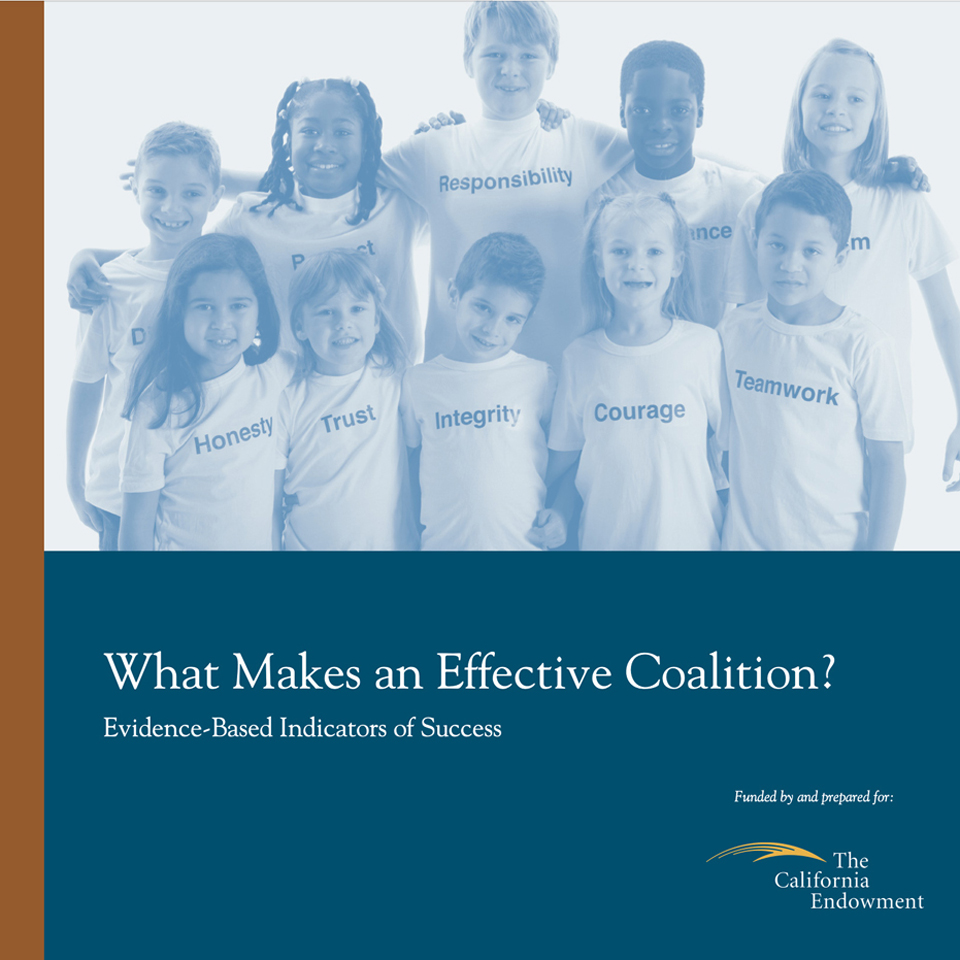
What Makes an Effective Coalition?
What are the crucial ingredients for an effective coalition or network, and how can they be cultivated and evaluated?
Based on a literature review and TCC’s own knowledge and experience, this briefing paper shares research on best practices with regard to effective advocacy coalitions. This work was commissioned by The California Endowment, a leading funder of policy advocacy efforts.
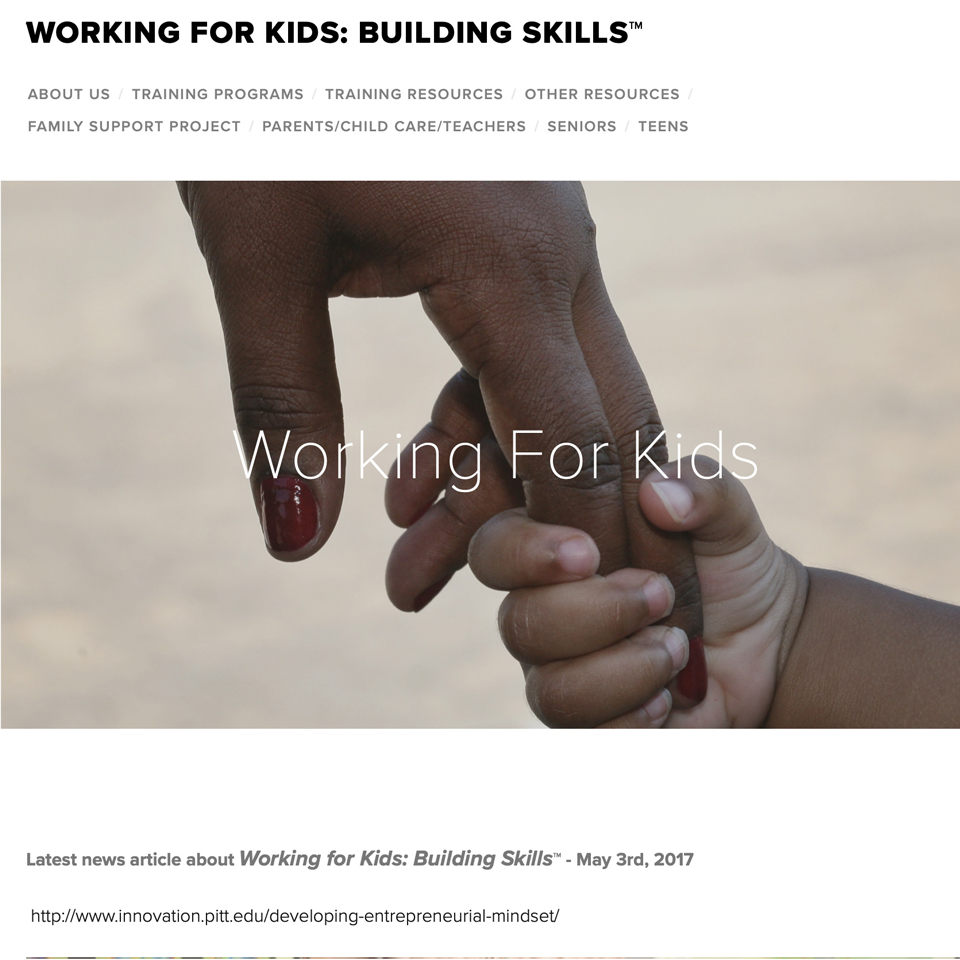
Working for Kids
A community-based educational program that takes an intergenerational approach to putting children on a positive trajectory for success in school and in life.
This program has two components:
- A community training program that teaches how children develop strong brain pathways to support skill development
- Aa skills and health evaluation program that works with community partners to evaluate the positive benefits of the training program